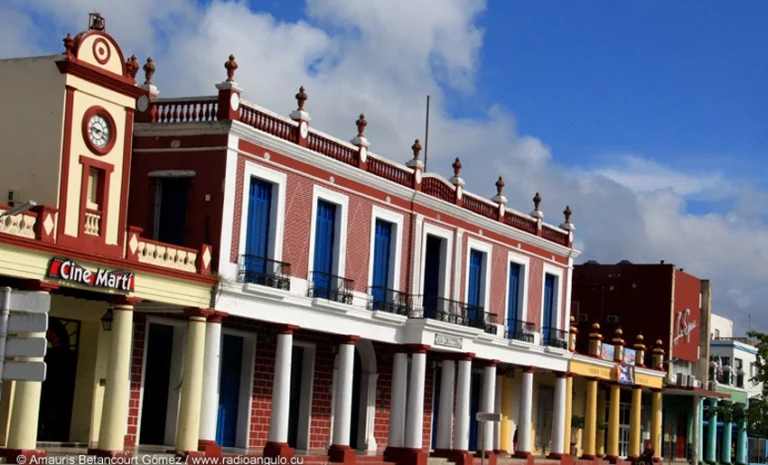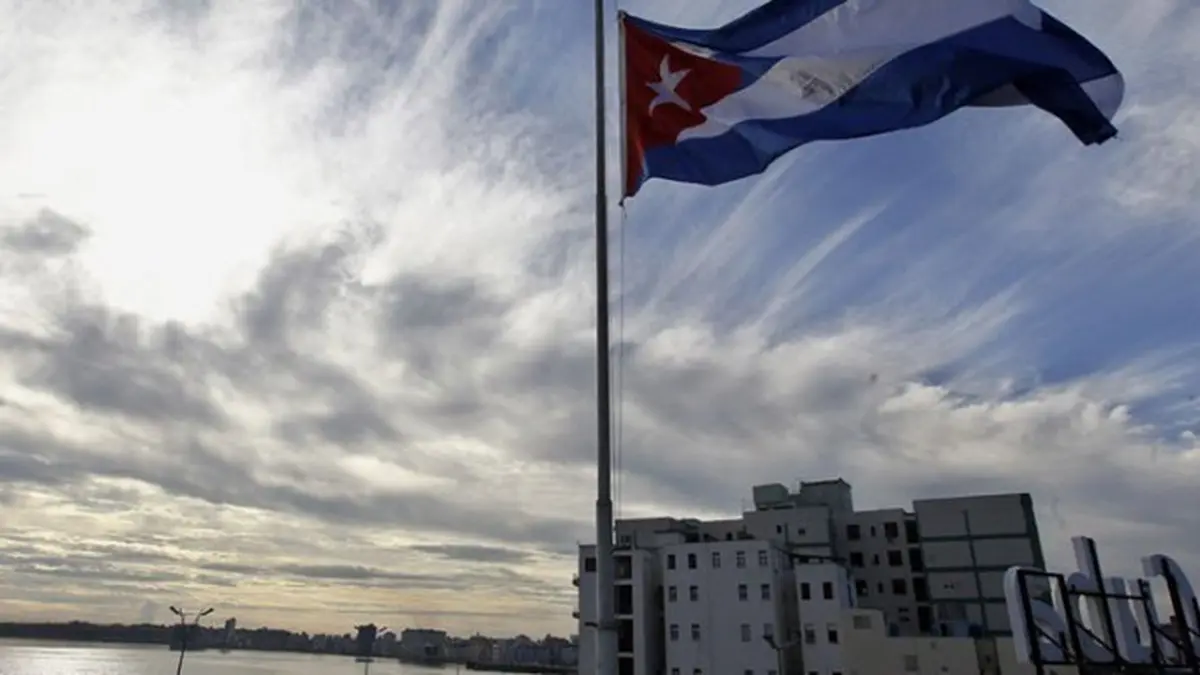Holguín’s Cultural Traditions: A Tapestry of Heritage, Faith, and Artistic Expression

July 17, 2025 Hour: 2:56 pm
The cultural traditions of Holguín, one of Cuba’s most historically rich provinces, are deeply rooted in the transculturation of aboriginal, Hispanic, and African influences. This fusion has shaped a vibrant legacy of festivals, music, and rituals that continue to define the region’s identity.
Among Holguín’s oldest celebrations, dating back to the 18th century, are the fiestas patronales, altars of the cross, and the iconic Romerías de Mayo. Originally inspired by Spanish customs, these events have been reimagined by the criollo population, infusing them with local flavor and meaning.
The Romerías de Mayo stand as Holguín’s most emblematic cultural expression. The festival begins with a pilgrimage to Loma de la Cruz, a hill crowned by a Christian cross placed in 1790 by Fray Antonio de Alegría to ward off epidemics. From there, the city bursts into life with street parades, concerts, art exhibitions, theater performances, and cultural forums, welcoming both national and international artists.
Holguín’s countryside still celebrates guateques campesinos, where son montuno and punto guajiro—the oldest musical forms of Cuban peasants—are performed. In Sagua de Tánamo, the tumba francesa, a dance of Franco-Haitian origin, remains a living tradition, showcasing the province’s syncretic cultural depth.
In the coastal town of Gibara, known as La Villa Blanca, the Festival Internacional de Cine Pobre takes place each April. This event champions independent filmmakers and emerging audiovisual talent, offering a platform for voices outside the mainstream industry.
Holguín’s cultural scene is supported by institutions like the Centro Provincial de Patrimonio Cultural and the Centro Cultural “Lalita Curbelo Barberán”, which preserve and promote the region’s artistic and historical legacy.
Holguín’s traditions are not just preserved—they’re lived. From mountaintop pilgrimages to grassroots music and cinema, the province continues to celebrate its multicultural soul with pride and creativity.
Author: OSG






